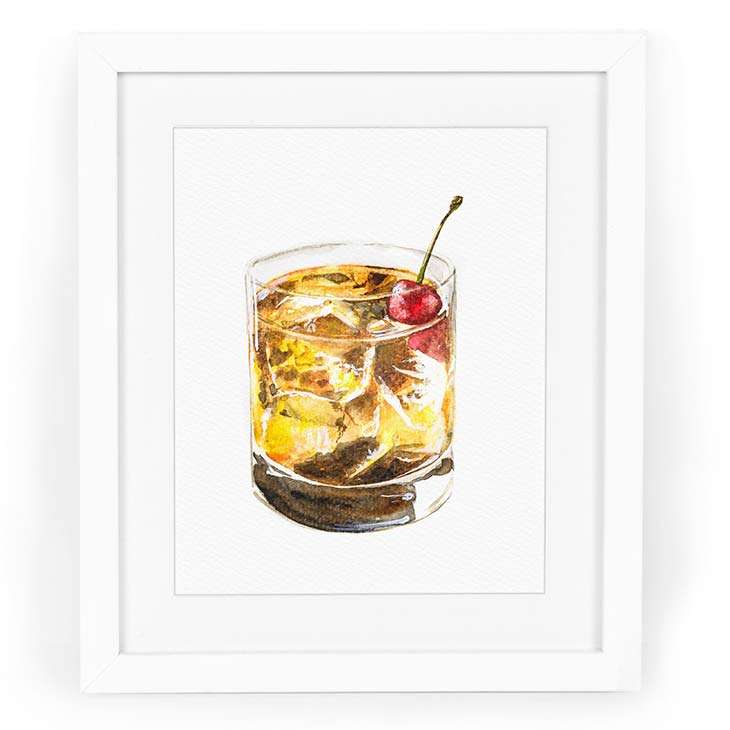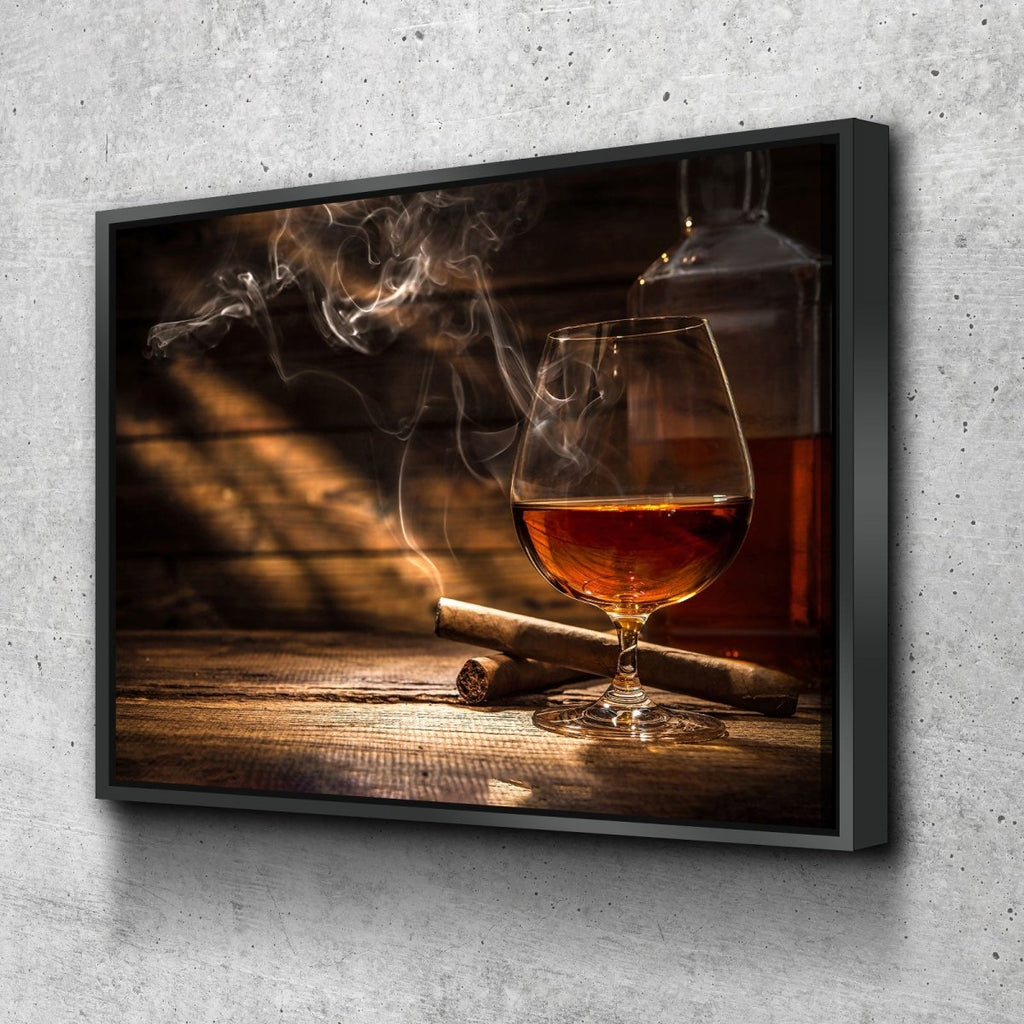Change Your Room with Sensational Whiskey Art Inspired by Nature
Change Your Room with Sensational Whiskey Art Inspired by Nature
Blog Article
The Value of Whiskey Art in Celebrating Heritage and Craftsmanship in the Beverage Industry
The elaborate partnership between scotch art and the celebration of heritage and craftsmanship within the beverage sector can not be overstated. With attentively created bottles and tags, whiskey brands encapsulate their historic origins and the artisanal abilities that define their production techniques.
The Historic Roots of Whiskey
At the heart of scotch's attraction lies an abundant tapestry of historical roots that trace back to old civilizations. The origins of scotch can be linked to the distillation techniques of the Sumerians and Babylonians around 2000 BCE, where very early forms of fermented grain drinks began to arise. Nevertheless, it was in the Center Ages that the art of distillation evolved dramatically, especially in Ireland and Scotland, causing the production of whiskey as we understand it today.
The term "whiskey" itself originates from the Gaelic word "uisce beatha," implying "water of life." This expression emphasizes the cultural value of whiskey in Celtic cultures, where it was commonly connected with rituals, parties, and common bonding. By the 15th century, distillation ended up being a recognized craft within reclusive communities, leading the means for the facility of lawful distilleries.
As profession paths expanded, scotch's popularity grew, going beyond local limits and capturing the rate of interest of aficionados worldwide. Whiskey Art. This historical journey reflects not only the workmanship behind whiskey production yet also its indispensable duty in social and social contexts, noting it as a significant drink throughout background
Artistic Expression in Branding
Bourbon branding stands as a compelling crossway of creativity and commerce, where visual identification plays an important role fit customer assumption. The looks of scotch labels, packaging, and advertising products show not only the brand's story but additionally its core worths and heritage. Through imaginative expression, distilleries convey a story that resonates with consumers, stimulating emotions and triggering links.
Making use of color, typography, and images in branding offers to set apart products in a saturated market. As an example, typical motifs may evoke a feeling of authenticity and craftsmanship, while contemporary designs can indicate technology and forward-thinking. This calculated creative direction enhances brand name recognition and commitment, enabling customers to create an individual connection with the scotch they choose.
In addition, artistic expression in branding usually acts as a celebration of local heritage. Distilleries often include regional symbols or historic referrals right into their designs, producing a local color that welcomes consumers to engage in a broader cultural experience. Ultimately, the creativity behind bourbon branding not just enhances visual appeal yet additionally improves the total narrative of the brand, fostering a deeper appreciation for the workmanship and heritage embedded in each container.
Workmanship in Bottle Style
The creativity apparent in bourbon branding prolongs beyond visual identification to incorporate the workmanship associated with container style. Each bottle acts as a vessel not simply for the spirit within, yet also for the tale it tells concerning its quality, origin, and practice. The design procedure calls for careful focus to detail, as elements such as form, product, and closure add considerably to the general perception of the whiskey.
Craftsmanship in bottle layout involves picking top quality glass that can boost the bourbon's color and clarity, while also providing a responsive experience for the consumer. The shape of the bottle should be both cosmetically enticing and useful, typically reflecting the heritage of the brand. Many distilleries opt for distinct shapes or printed logo designs that stimulate a sense of credibility and background.
Additionally, the label layout and typography play a crucial duty in connecting the brand's story. Realism Art. A well-crafted bottle not only astounds the customer's eye yet likewise reinforces the brand's dedication to quality and custom. By doing this, the craftsmanship of bottle style becomes an important discover this info here aspect of the whiskey experience, merging artistry with a profound respect for heritage
Cultural Significance of Whiskey Art
Commemorating tradition and workmanship, the cultural relevance of scotch art goes beyond plain appearances, linking with the social and historical narratives of the areas where it originates. Each bottle functions as a canvas, illustrating the special tales, mythology, and traditions that have shaped regional whiskey-making techniques. The intricate layouts often show the heritage of the distillers, Discover More including icons and concepts that reverberate with the culture and values of their neighborhoods.

On top of that, whiskey art plays a crucial duty in common gatherings and celebrations, offering as a substantial web link between individuals and their shared experiences. By appreciating the artistry in bourbon packaging, consumers cultivate a much deeper understanding and regard for the craft, eventually improving their satisfaction of the beverage itself.
Modern Trends in Bourbon Presentation
In recent years, the presentation of scotch has developed to reflect modern preferences and trends while still recognizing standard workmanship - Limited Edition. Distilleries are significantly focusing on visual aspects that boost the overall drinking experience, connecting the void between heritage and modernity
Ingenious bottle layouts have emerged, typically integrating lasting products and artistic tags that inform engaging tales. Many brand names currently collaborate with local artists, instilling their items with special visual expressions that reverberate with customers. In addition, limited-edition releases are usually packaged in collectible containers, including value and appeal for aficionados.

Verdict
In conclusion, whiskey art acts as an essential conduit for revealing the heritage and workmanship inherent in the drink sector. With complex branding, innovative container styles, and culturally substantial artistic aspects, scotch brand names properly recognize their traditions and attach with consumers. This artistic narrative not only boosts the admiration of bourbon but likewise enhances area identity and pride among producers. Eventually, scotch art plays an important function in preserving and commemorating the abundant cultural tapestry of whiskey-making.


Workmanship in bottle design involves picking top notch glass that can enhance the bourbon's shade and clearness, while also providing a tactile experience for the customer. In this means, the craftsmanship of container style comes to be a vital facet of the whiskey experience, merging creativity with a profound regard for heritage.
In verdict, bourbon art offers as a vital conduit for revealing the heritage and craftsmanship integral in the beverage industry.
Report this page